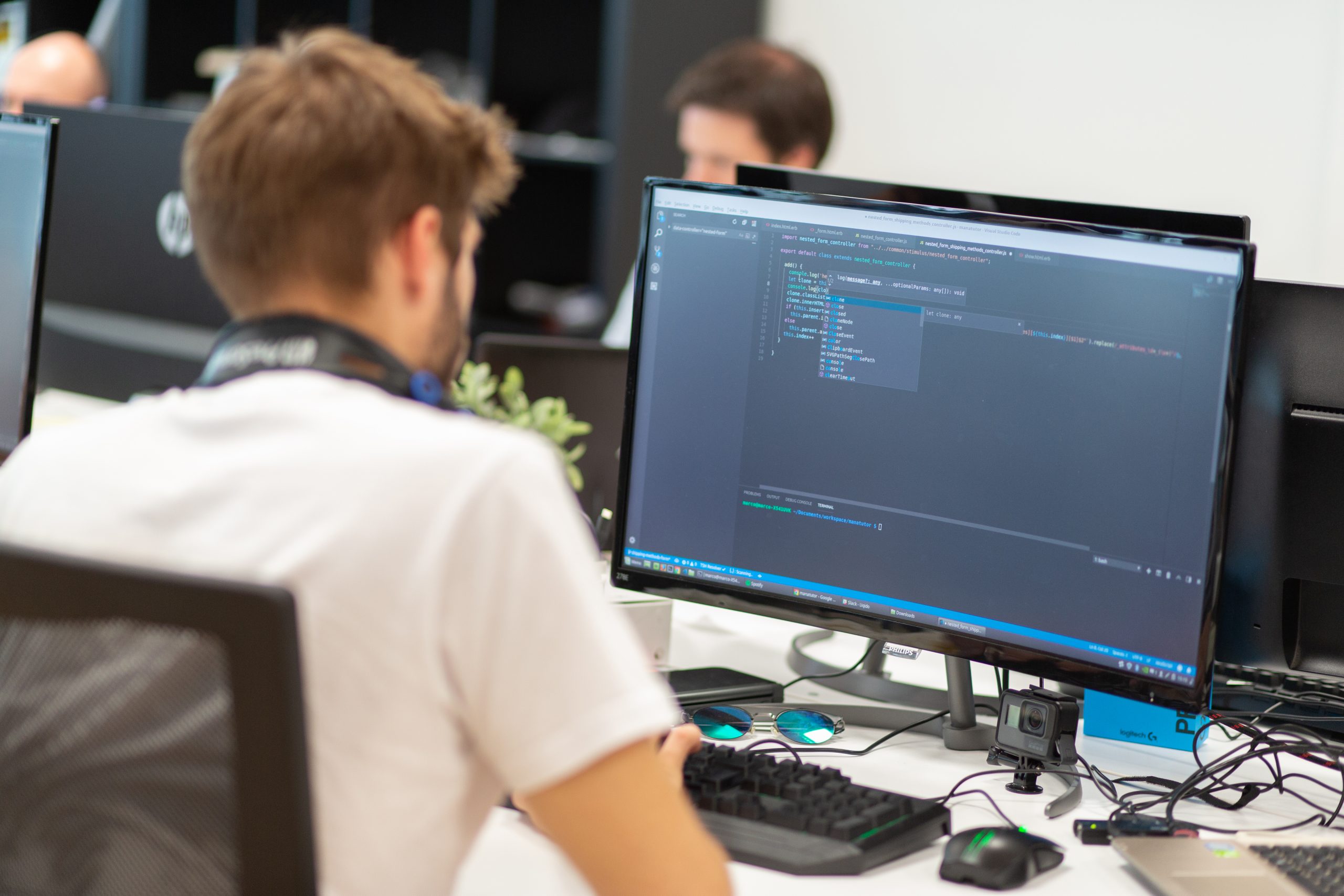The new artificial vision technologies allow to reduce production costs and improve quality control.
Automatic quality control with Computer Vision
Process innovation: how is it done?
We found ourselves having to devise solutions for monitoring and quality control within a production plant.
In Veneto, the manufacturing industry is the backbone of an economic fabric that continues to grow over the years (almost 2% more production between 2019 and the previous year) and which is increasingly opening up to the competition on international markets.
The partner company for this project is Tecnolaser, which needs to monitor production to reduce the costs of it, thereby increasing profit, making the process more effective in order to:
- reduce customer returns caused by small imperfections of the product;
- avoid further passages in the productive line to the components that do not present defect at the first step;
- detect the presence of imperfections promptly and preventively by enhancing human and analogic control with the one performed by machines.
Let’s talk about technology
Computer Vision (or artificial vision) aims to reproduce human sight thanks to cameras and optical sensors that, by collecting 2D images, recreate a 3D setting, then verifying the presence or absence of certain objects (Object Recognition).
In the industrial sector, this technology is gaining increasing interest because it’s useful for:
- check the quality of the production and find defects or imperfections;
- classify, measure, analyze sliding objects in the production chain;
- orient and position objects and favor their handling and logistics.
This technology therefore allows companies to reduce costs and have control over the entire production through objective criteria established upstream and replicable.
At work for Tecnolaser
Tecnolaser among the world’s leading metal sheet processing companies, with services such as laser cutting, punching, painting, etc. and with an annual turnover of over 30 million euros.
During the study week at their production plant, we focused on a specific phase of the production, namely the painting of the metal sheet. In this step, the quality control of the output still occurs analogically through the inspection by the employees, thus making the process strictly connected to the performance of human beings, subjective and variable over time and people.
We therefore hypothesized to support this “manual” control with a Computer Vision system that tracked down every single imperfection, making the control more reliable and allowing to assign employees to tasks with greater added value.
The automatic production control allows Tecnolaser to reduce inspection time and to limit any further painting where unnecessary. According to our estimates, with production time savings of over 50%.
The automated quality control therefore reduces time, costs and it’s more reliable. Here’s the technology that helps companies to improve their performance and allowing them to compete on an international level.

Are you interested in these projects’ insights? We share them with the subscribers to our Exploratorium, find out more about this experimental lab clicking here 👉 https://exploratorium.uqido.com/
WHAT’S EXPLORATORIUM
Exploratorium is Uqido’s laboratory where every week we project, develop and launch on the market a new digital product.
Made of developers, designers and marketing strategists coming from places like IDEO, YCombinator, Sony and M31, our MVP Lab creates and launch every week a new prototype and, with techniques of Growth Hacking, Lean methodologies and Design Sprint, it collects the feedbacks of the market.
